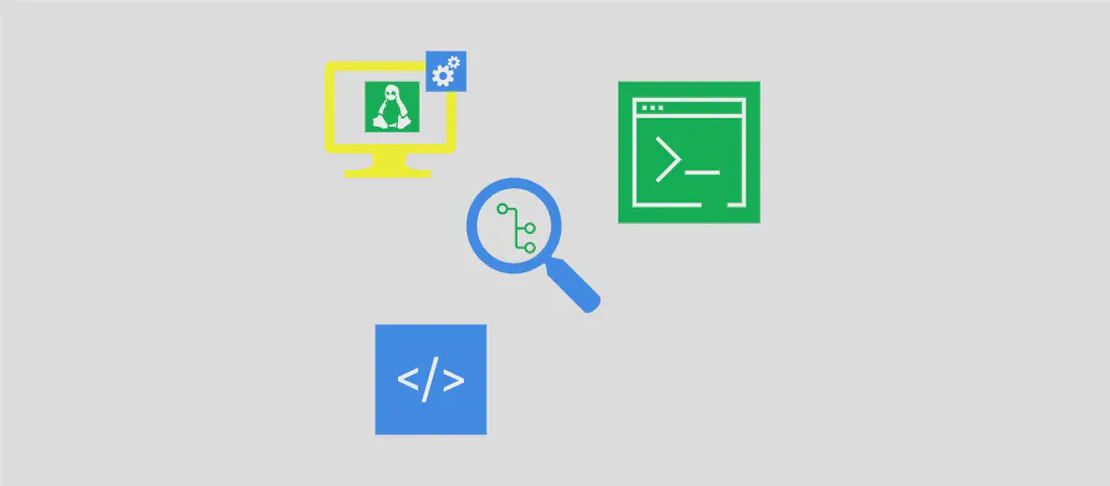
How to Use the Command 'pbmtoptx' (with Examples)
The command pbmtoptx is a versatile tool within the Netpbm suite used to convert a PBM (Portable BitMap) image into a PTX (Printronix printer graphics) file. This command is particularly useful for those needing to transform simple black-and-white images into a format compatible with Printronix printers, allowing for straightforward printing tasks on this type of hardware. Its utility is especially pronounced in environments that still rely on legacy printing systems or when specific printer graphic formats are required.
Use Case: Convert a PBM Image into a PTX File
Code:
pbmtoptx path/to/image.pbm > path/to/output.ptx
Motivation:
The main motivation for converting a PBM image into a PTX file using the pbmtoptx command stems from the need to interface with legacy printing systems, particularly those manufactured by Printronix. While digital visualization dominates the modern landscape, certain sectors and industries still depend on hard-copy records. These often require printing in a format that older hardware can interpret — in this case, PTX. Users might find it necessary to convert imagery into PTX to fully leverage the existing printer infrastructure without needing to invest in costly system upgrades.
Explanation:
pbmtoptx: This is the command invoked to start the conversion process. It tells the system to use thepbmtoptxtool from the Netpbm package.path/to/image.pbm: This argument specifies the path to the source PBM image file. PBM, or Portable BitMap, is a plain text monochrome image format, typically used for simple images with only black and white pixels. The user must ensure this file path is correctly specified so that the command can locate and read the input file.>: This is a shell redirection operator. Its function is to direct the output of the command that precedes it (in this case, the converted PTX data) to a file specified by the user. Essentially, it takes whatever is produced by the command and writes it to the designated file rather than displaying it on the screen.path/to/output.ptx: This specifies the path where the resulting PTX file will be saved. The user must designate a specific location and file name for the output. This file will then be in the Printronix printer graphics format, ready for printing or further processing.
Example Output:
Upon successful execution, the command reads the PBM file from the given path, processes the image data, and outputs a PTX file to the specified directory. The resultant PTX file can be sent to a Printronix printer for a hardcopy printout. The PTX file will be non-viewable as a traditional image but is formatted specially for the printer’s interpreter.
Conclusion
Understanding how to convert images to different formats is an essential skill when dealing with varied printing requirements or legacy systems. The pbmtoptx command serves as a crucial tool for those needing to transition simple, monochrome images into a PTX format for Printronix printers. By mastering this conversion process, users can seamlessly integrate digital assets with print workflows, maintaining operational efficiency and adhering to specific professional or industrial standards.
